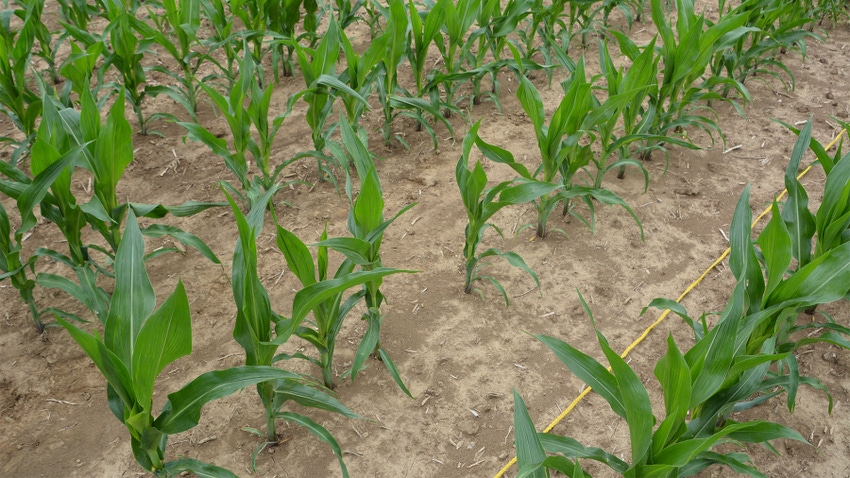
You’ve observed performance at various final plant populations. You’ve studied results from Purdue Extension trials, showing similar yields for populations from 28,000 to 36,000. You’ve also talked to your seed dealer. You’ve settled on a final population of 32,000 for your best fields. So, how do you determine seeding rate?
“You can fine-tune seeding rate based upon how successful you are at achieving stands compared to how much seed you plant,” explains Bob Nielsen, retired Extension corn specialist with Purdue.
With planter technology today, it’s possible to achieve 98% to 99% singulation, even at high planting speeds. Those numbers light up your seed monitor display. However, that doesn’t mean you’re achieving 98% or 99% emergence.
“Scout after planting and see how well you’re doing,” Nielsen says. “Track emergence as a percent of seeding rate after inspecting your fields.”
Nielsen and Jim Camberato, Purdue Extension soil fertility specialist, conducted nearly 100 field-scale plant population trials beginning in 2008. They averaged 95% stand compared to seeding rate. So, if the desired final plant population was 32,000, they dialed in 33,684 seeds per acre (32,000 divided by 0.95).
“You may find that you do better — maybe you’re at 98%,” Nielsen says. “Then you only need around 32,650 seeds per acre. But if you don’t have things dialed in and you’re only at 93% emergence, you would set seeding rate at 34,410 seeds per acre.
“The key is to do stand counts in every field every year. Keep records and calculate your own long-term average percent stand.”
Variable seeding rates
What if you have multiple soil types in the same field? Your planter setup lets you vary seeding rate, planting different seeding rates on different soil types. Is it worth it?
Nielsen and Camberato pulled out 31 of nearly 100 trials where it was possible to compare populations on varying soil types. Of those 31, they found a significant interaction between population and soil type in 12 trials. Increasing population boosted yield more on some soil types than others. However, when they looked at the next season with the same soils and hybrids, the interaction changed. Increasing population didn’t have the same effect on the same soils as it did the year before.
“We concluded that yes, interaction between population and soil type occurs,” Nielsen says. “However, it varies from year to year, and it’s hard to predict when it will occur. It’s probably related to differences in soil moisture holding capacities between soils, and more important in drier years.”
So, what is Nielsen’s bottom line? “Since it’s very difficult to predict when you will see a benefit from varying population, and we have more wetter years than drier years here, we suggest picking one seeding rate per field,” he says. “We demonstrated that there is a wide range of plant populations — from 28,000 to 36,000 — that will produce near maximum yield. Pick a population within that range. Calculate your seeding rate based on your own historical percent stand. Your corn will likely perform well no matter what the weather does.”
Read more about:
Seeding RateAbout the Author(s)
You May Also Like




